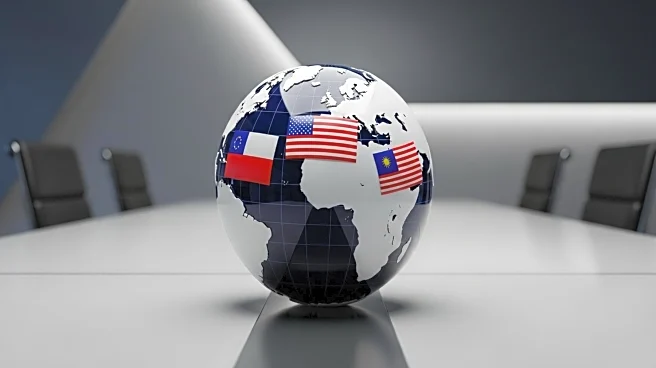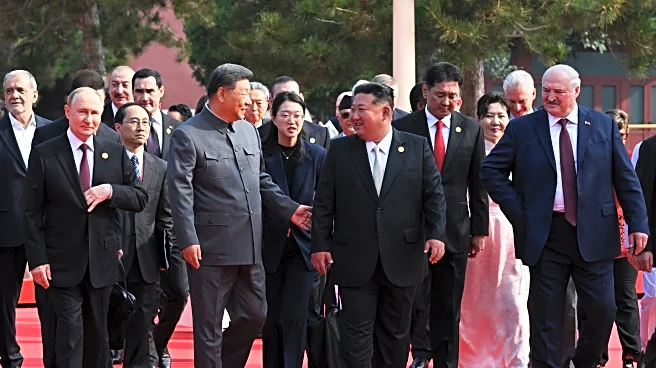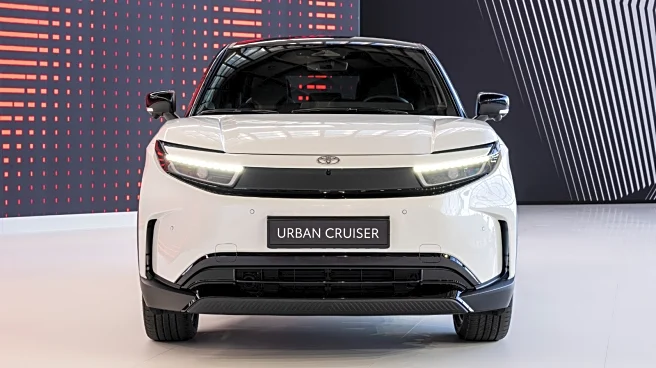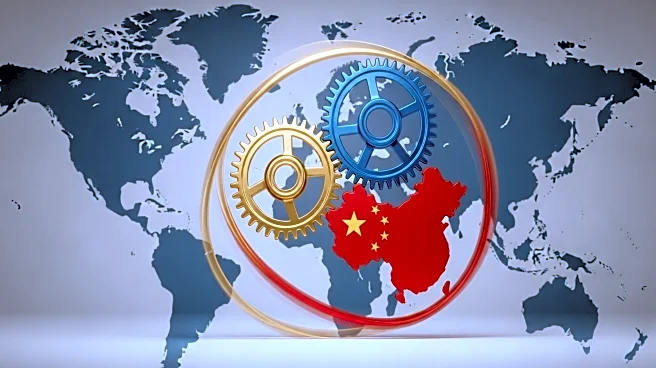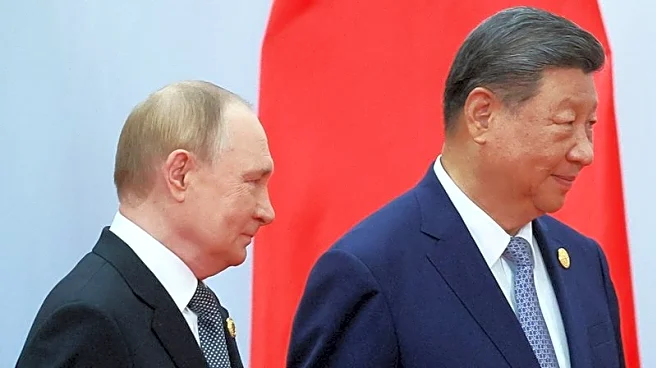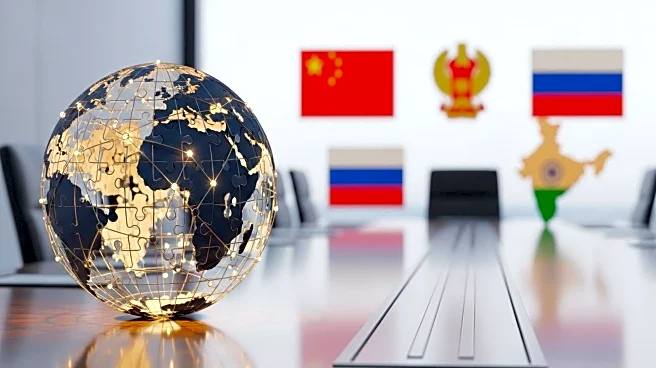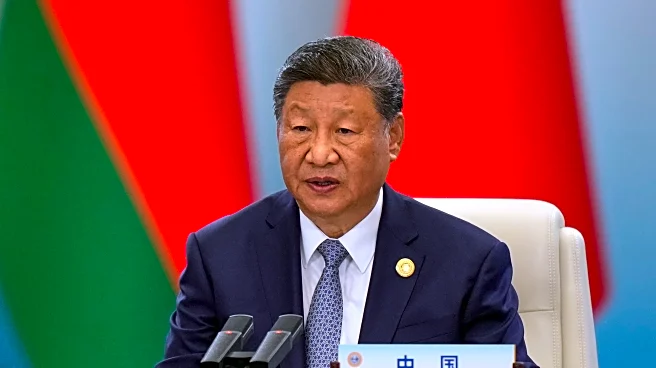What is the story about?
What's Happening?
Luxury analysts are identifying emerging markets as potential growth areas for the luxury goods sector amid a global slowdown. Erwan Rambourg, a luxury analyst at HSBC, suggests that while demand in China and the U.S. remains weak, regions such as South Africa, Nigeria, Mexico, Indonesia, and India show promise for growth. Additionally, the Middle East and certain Asian countries are seen as significant contributors to the sector's development. The Middle East, in particular, benefits from local consumers, permanent residents, and tourists, alongside new infrastructure projects that enhance the region's appeal. Emerging Chinese destinations like Thailand, Cambodia, and Vietnam are also facilitating inbound travel from China, boosting luxury infrastructure. Analysts predict a U-shaped recovery in main luxury markets, with low-single-digit growth as uncertainties decrease.
Why It's Important?
The identification of emerging markets as potential growth areas is crucial for the luxury goods sector, which faces challenges in traditional markets like China and the U.S. The Middle East's thriving market, bolstered by Russian expatriates in Dubai, exemplifies how geopolitical shifts can influence luxury consumption patterns. The focus on regions with consistent GDP growth and income inequality highlights the importance of economic factors in driving luxury demand. This shift could lead to increased investment and marketing efforts in these regions, potentially reshaping global luxury market dynamics. Brands that adapt to these emerging opportunities may gain a competitive edge, while those reliant on traditional markets may face stagnation.
What's Next?
Luxury brands are likely to increase their focus on emerging markets, investing in infrastructure and marketing to capture new consumer bases. The Middle East's continued development as a luxury hub, with events like Dubai Watch Week, will further unite the community and enhance brand engagement. As visa restrictions ease in Asian countries, increased travel from China may boost luxury sales. Analysts expect a gradual recovery in traditional markets, with China playing a pivotal role in the sector's improvement. Brands may need to balance their strategies between high-end offerings and more accessible products to cater to diverse consumer segments.
Beyond the Headlines
The shift towards emerging markets may have broader implications for global luxury brands, including ethical considerations related to income inequality and cultural sensitivity in marketing strategies. The focus on regions with high Gini factors underscores the role of economic disparity in luxury consumption, potentially prompting discussions on sustainable and inclusive growth. Additionally, the polarization within mega brands, as seen with Gucci's Giglio bag, highlights the need for brands to offer value propositions that resonate with diverse consumer groups. This trend may influence product development and pricing strategies across the industry.
AI Generated Content
Do you find this article useful?


